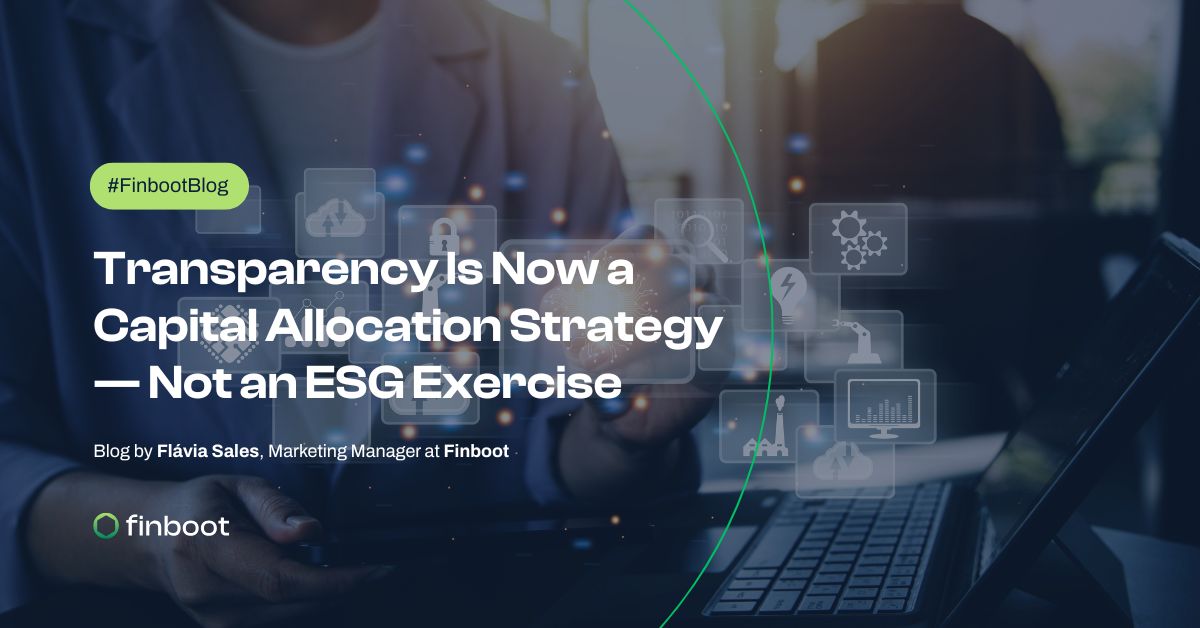Blockchain: the backbone of next-generation value chains

Enterprise resource planning, more commonly known as ERP, is meant to be the glue that brings business processes together - a unified system that facilitates communication and collaboration among stakeholders. “Facilitate”, however, might not be the best word, as anyone who has ever used an ERP tool will almost certainly have painful stories about the user experience or lack thereof.
As painful as their usage might be, ERP systems’ penetration in enterprise ecosystems dates back a few decades. Gartner first used the term ERP in the 1990s but it dates back to the 1960s, when the manufacturing industry realised it needed better solutions to manage operations.
Since then, ERP systems have evolved considerably, with some of them encompassing several departments, including sales, finance, human resources and marketing. Many enterprises now rely heavily on ERP software for their operations and, should any of these systems fail, it would lead to millions of dollars in losses. History is full of infamous examples.
An ambitious ERP project at the beginning of the century cost Nike US$ 100million in lost sales and a 20% share price dip. Another example of ERP failure comes from Hershey’s: the chocolate company missed out on a $100 million delivery over the Halloween period of 1999. The reason? Problems with its supply chain ERP system. And the list goes on.
To this day, ERP tools still present several limitations. Enterprises are likely to have multiple systems for different departments and at different points in their value chains. These systems often do not communicate with each other, creating siloed information, which can cause the company to miss out on synergies and obscure supply chain visibility.
Another challenge of ERPs is that they are not designed to allow businesses to easily share data with external stakeholders without having to share sensitive information, selectively disclosing data is complex with such systems. This creates a lot of inefficiencies and manual work when external parties request specific data, which is bound to happen more and more as stakeholders and customers alike are demanding more transparency from companies’ operations.
Furthermore, cybersecurity is also a major threat to ERPs which store sensitive data that is essential for day-to-day operations. This is why hackers are often incentivised to target such systems. Companies need to adopt measures to make their legacy systems more resilient or “hacker-proof”.
To solve these challenges, ERPs can be combined with emerging technologies, which, if implemented properly, can create comprehensive and powerful tools to drive competitive advantage for businesses. One of the technologies that has the potential to take ERPs to the next level is blockchain.
Integrating blockchain-powered solutions within existing ERPs allows companies to bring together all relevant data across their operations in a trusted, secure and transparent environment. Blockchain also has the potential to solve cybersecurity concerns and bring transparency to value chains. However, companies are still struggling to fully understand this promising technology and often lack the skills to adopt it efficiently. Additionally, the fact that blockchain is very much a horizontal technology, which implies connectivity to not one but multiple legacy systems along the supply chain, introduces further challenges for deployment.
This is where middleware solutions come in. Without getting too technical, some of the most successful approaches to enterprise blockchain come from the use of “middle layers” that remove the complexities of this emerging technology and help companies overcome the barriers for adoption.
These middle layers act as a bridge between blockchain technology and supply chains. This means that companies don’t have to choose one blockchain technology over another. This platform compatibility de-risks the adoption of the technology and, for the early adopters, it gives a competitive edge. Simply put, they act as plug adapters, simplifying connectivity regardless of the plug socket (blockchain technology).
A successful example of this is Repsol, the Spanish energy giant, which has used a middleware solution to implement blockchain in over half a dozen industrial complexes as part of the digitalisation of its downstream supply chain (tracing its refined products for compliance and quality). Its solution is fully integrated with its ERP, laboratory management system and network of IoT devices in order to strengthen the link between physical and digital ecosystems. Other examples of companies leveraging middleware to simplify their adoption of blockchain include leading chemicals company Stahl, which is digitising its sustainability credentials with blockchain, and the international fashion brand Desigual, which is using it to transform its import and export process.
As companies continue to adopt cutting-edge technologies, we are bound to see fewer incidents like those experienced by Nike and Hershey’s, and more success stories like Repsol, Stahl and Desigual.
.svg)

.svg)
.svg)
.svg)



